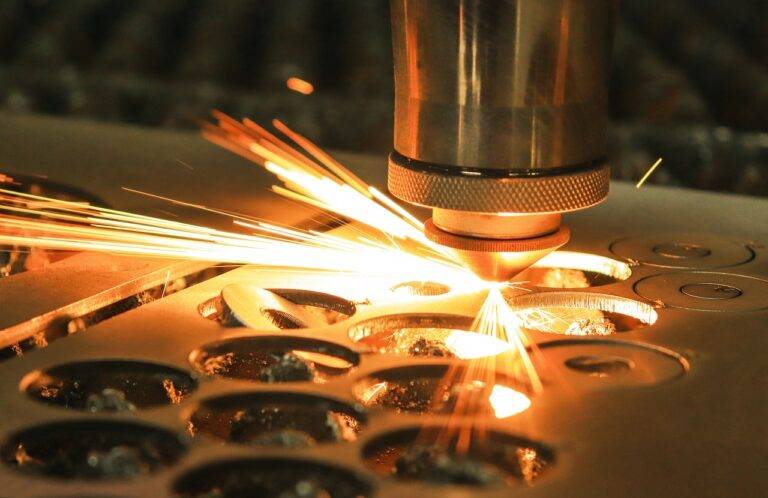The Impact of 3D Printing on the Manufacturing Industry
The landscape of manufacturing processes has witnessed a substantial transformation over the years. Traditional methods, once reliant on manual labor and specialized machinery, have given way to more automated and technologically advanced techniques. This evolution has been driven by the constant pursuit of efficiency, cost-effectiveness, and precision in production.
One of the key driving forces behind the evolution of manufacturing processes has been the rapid advancements in digital technology. The integration of robotics, artificial intelligence, and data analytics has revolutionized the way products are designed, prototyped, and fabricated. This shift towards digitization has not only streamlined production but has also enabled manufacturers to respond more quickly to changing market demands and customize products to meet specific customer needs.
• Automation has played a crucial role in modern manufacturing processes
• Digital technology such as robotics and AI have revolutionized product design
• Data analytics has enabled manufacturers to respond quickly to market demands
• Customization of products to meet specific customer needs is now more feasible
Advantages of 3D Printing in Production
3D printing offers unparalleled flexibility in production processes. This technology allows for the creation of complex geometries and intricate designs that were previously impossible with traditional manufacturing methods. As a result, manufacturers can easily customize products to meet specific needs and preferences of their customers, leading to higher levels of customer satisfaction and loyalty.
Additionally, 3D printing reduces lead times significantly compared to traditional manufacturing techniques. With the ability to rapidly prototype and produce parts on-demand, companies can streamline their production process and bring new products to market faster than ever before. This increased agility and speed-to-market can give businesses a competitive edge in a fast-paced industry landscape.
Disadvantages of Implementing 3D Printing in Manufacturing
3D printing in manufacturing also comes with challenges related to material limitations. While traditional manufacturing methods often allow for a wide range of materials to be used, 3D printing is limited by the types of materials that can be effectively printed. This can impact the quality and durability of the final products, especially in industries where specific materials are essential for the desired outcomes.
Moreover, the speed of production is another drawback of implementing 3D printing in manufacturing processes. Although 3D printing offers great flexibility and customization, the time it takes to print each item can be significantly longer compared to traditional manufacturing methods. This can lead to delays in production schedules and may not be suitable for industries requiring high volume production within tight timelines.
What are some disadvantages of implementing 3D printing in manufacturing?
Some disadvantages include high initial costs of equipment, slower production speeds compared to traditional methods, limited material options, and potential quality control issues.
How does 3D printing compare to traditional manufacturing processes?
3D printing offers advantages such as greater design flexibility, reduced waste, and the ability to create complex geometries. However, it also has limitations in terms of production volume and material selection.
What are some challenges companies may face when implementing 3D printing in their manufacturing processes?
Companies may face challenges such as the need for specialized training for employees, difficulties scaling up production, and potential issues with part quality and consistency.
Is 3D printing suitable for all types of manufacturing applications?
3D printing may not be suitable for all types of manufacturing applications, particularly those requiring high volumes of production or specific material properties that cannot be achieved with current 3D printing technology.
How can companies mitigate the disadvantages of implementing 3D printing in manufacturing?
Companies can mitigate the disadvantages by carefully evaluating their production needs, investing in training and research, and considering a hybrid approach that combines 3D printing with traditional manufacturing methods.





